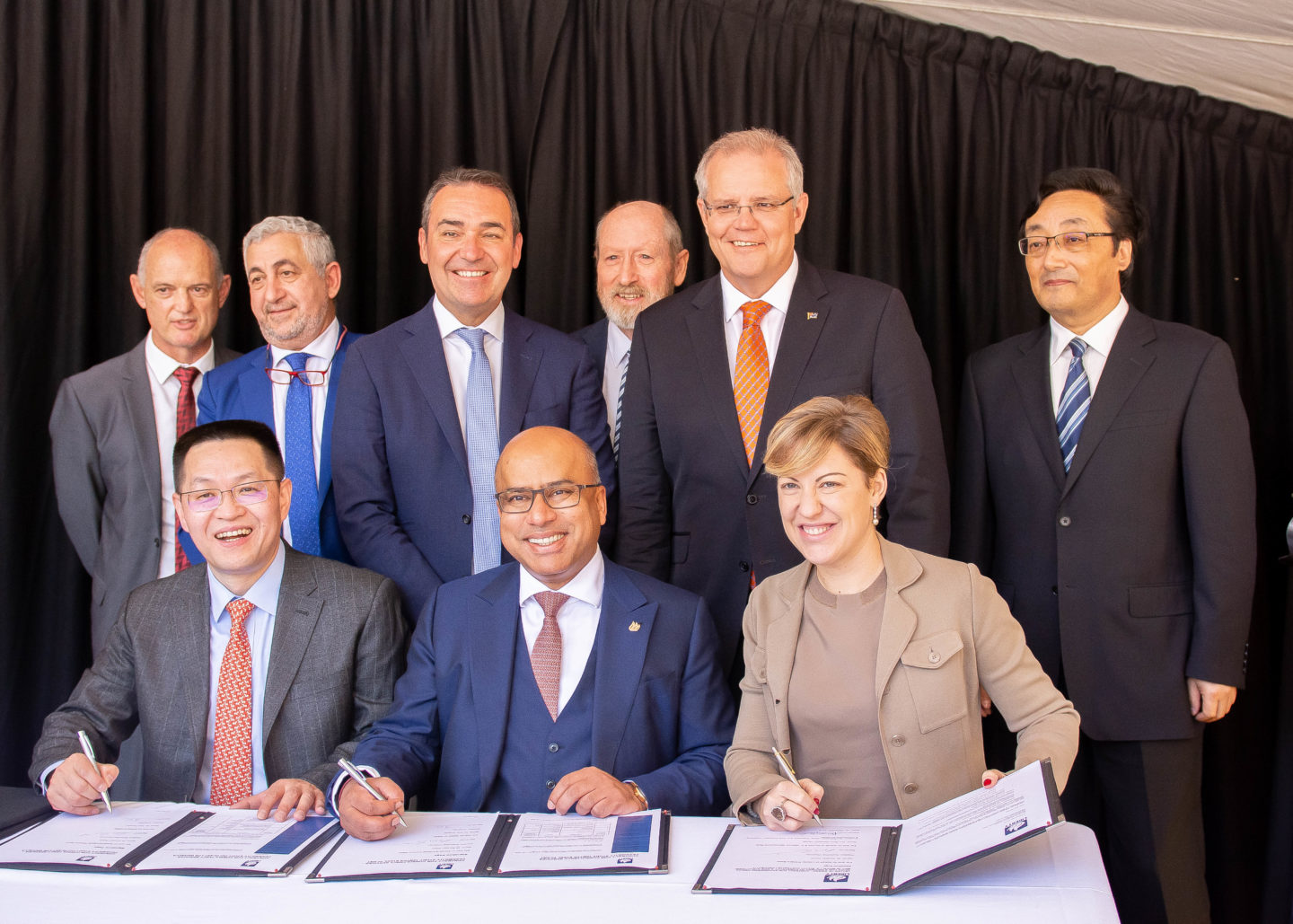Sanjeev Gupta shares the bold vision of the Whyalla Transformation program and says Australia needs enlightened leadership and a willingness to act to realise a bold vision of becoming a global industrial powerhouse.
Last year, I revealed GFG Alliance’s vision to reinvigorate and transform the South Australian town of Whyalla into a great industrial city; a centre of sustainable manufacturing excellence.
The reality of this vision provides a blueprint for Australia to become an industrial powerhouse, generating employment, community prosperity and pride in previously neglected or insufficiently developed regions.
Over the last few decades a lack of vision and an ingrained habit of only seeing things as they have always been has produced a cocktail of conditions that has shuttered plants, crushed communities, stifled ambition and slowed down evolution itself. An alternative to this prescription is to seek a different perspective and actively pursue change.
This is what GFG Alliance is doing at Whyalla, replicating a process we have already successfully employed to resuscitate dormant or dying steel, energy and manufacturing plants in Wales, Scotland, England and, most recently, in the US and France.
Challenge
Australia is rich in natural resources and strategically located in good proximity to the industrialising economies of South and South-East Asia. However, to repeat the mistakes of the past and simply export coal, iron ore, copper, wool, wheat and gas in raw or barely processed form is an unsustainable endeavour.
Progressive removal of tariff protection and inexorable escalation of real wage rates has exposed the folly of not embracing technology and innovation, of not investing sufficiently in research and development, and of failing to upgrade technology and foster inter-generational skills development and transfer. Instead, it has led to an attrition of Australian manufacturing and a slow erosion of Australia’s relative economic prosperity.
The steel industry is not an isolated example. Among OECD countries, Australia’s absolute growth in manufacturing since 1970 is the third lowest and the relative decline in manufacturing as a proportion of the economy is fourth largest.
Today, manufacturing employs approximately one in every 13 working Australians, compared to one in six in the mid-1980s and one in three in the 1950s and 1960s. Some of this reduction in manufacturing employment is due to greater productivity and automation, but most is a result of the decline in relative manufacturing activity.
Australia’s national R&D and broader innovation track records provides some explanation. R&D spending relative to GDP in Australia is poor compared to many other OECD countries, and we ranked last in the Global Innovation Index in 2017. One can only postulate as to why Australia’s leaders appear to accept the decline of manufacturing as an inevitable or healthy outcome.
Opportunity
Where Australia was content to exist as a quarry and a farm, the US — with which Australia has some parallels in terms of settlement history, geographical size and, most of all, natural resource wealth — has developed broad-based manufacturing and has become a global powerhouse of industry. The US response to revitalise its industrial base includes supporting base foundation industries such as steel and aluminium, as well as recognising where demand for manufacturers is growing and understanding the underlying drivers, using technology (such as data capture and analysis, augmented reality systems and artificial intelligence) to unlock productivity gains, and seeking growth in new industries and new parts of the value chain. These are also areas Australia can exploit.
It’s all about having a can-do mentality, recognising that challenge presents opportunity, and being capable of innovative thinking.
In Whyalla, our $1.3 billion transformation project continues to take shape, with contracts for $600 million signed with dignitaries from Europe and China in the presence of the Prime Minister, the Premier of South Australia, and opposition leaders, in an unprecedented show of bipartisan support. We then announced our Next-Gen 10 mt mega steel plant, which will be among the biggest and most productive in the world. Our investments are providing the means for our existing plant to be completely transformed into a major modern integrated steel manufacturer targeting key growth markets such as India.
Across Australia the ambitious plans GFG Alliance is implementing, and further investments we are contemplating, include developing 10GW of combined solar and pumped hydro energy production and storage, expansion of Whyalla port into a world class multipurpose port, investigating the feasibility of an electric vehicle manufacturing facility, and establishing a bank to cater for small and medium enterprises.
Previously, Australian manufacturing has failed to capture the full potential of our competitive raw materials and energy, and our trade links with Asia have only served to facilitate export of raw materials. At some point our trade partners will slow down their own growth plans. This, combined with increased recycling of metals accumulated over time in their countries, could see further reduction in raw minerals demand.
On the other hand, somewhat counterintuitively, we may be well positioned to succeed in specialised, increasingly high-technology markets. We are well positioned to “begin again” with new hi-tech plants staffed by an already skilled workforce.
Of course, there are currently major dysfunctions in our domestic energy markets — at the expense of industrial, commercial and residential customers. Our energy market must be fixed, and it can be fixed. Most of all, Australia needs enlightened leadership and a willingness to act to realise a bold vision of becoming a global industrial powerhouse.

